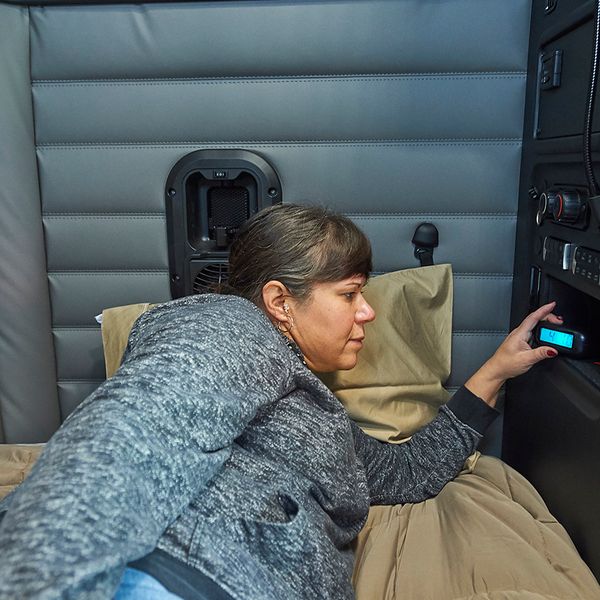Drowsy driving: The $18,000 nap you can’t afford
Your drivers may gain an hour of sleep when Daylight Savings Time ends, but that’s not all they’ll need to stay alert behind the wheel.
The clock change marks the start of Drowsy Driving Prevention Week, which runs from November 5-11, 2023. It’s a great time to remind your drivers of the importance of avoiding driving while fatigued.
It’s a costly violation
Fatigue can affect anyone, even commercial drivers who are in full compliance with the hours-of-service rules. Besides greatly increasing the risk of a crash, fatigued driving is a violation of 49 CFR 392.3.
That rule prohibits someone from getting behind the wheel if their “ability or alertness is so impaired … through fatigue … as to make it unsafe for him/her to begin or continue to operate the commercial motor vehicle.” Violations carry a fine of over $4,500 for the driver who did it and over $18,000 for the company that allowed it.
Take this week to stress with your drivers the importance of avoiding fatigued driving. Consider a daily five-minute talk or email/text messages to remind drivers about the dangers of drowsy driving, how to spot it, and how to prevent it.
From yawns to yikes
Professional drivers should always heed the warning signs that they’re getting fatigued. Signs that it’s time for a break include:
- Frequent yawning
- Drooping eyelids
- Inability to remember the last few miles
- Failing to obey a traffic-control device, hitting a rumble strip, or drifting into another lane or shoulder
- Missing an exit or turn
6 steps to successful snoozing
The National Sleep Foundation, which sponsors Drowsy Driving Prevention Week, recommends these six steps for healthy sleep:
- Get some sun. Spend time in bright light during the day.
- Exercise. Spend at least 30 minutes getting some exercise, at least 5 days a week. Even a brisk walk around a parking lot can help.
- Schedule your meals. Eat meals at a consistent time every day.
- Avoid the bad stuff at bedtime. Heavy meals, nicotine, caffeine, and alcohol should be avoided well before it’s time to sleep.
- Wind down. Establish a consistent, relaxing routine to get your body ready to sleep. Put your phone and other electronic devices away an hour before bed.
- Prepare the space. Sleep in a quiet, cool, and dark environment.
Key to remember: Take advantage of this year’s Drowsy Driving Prevention Week to remind your drivers about the dangers of drowsy driving and how to prevent it.


















































